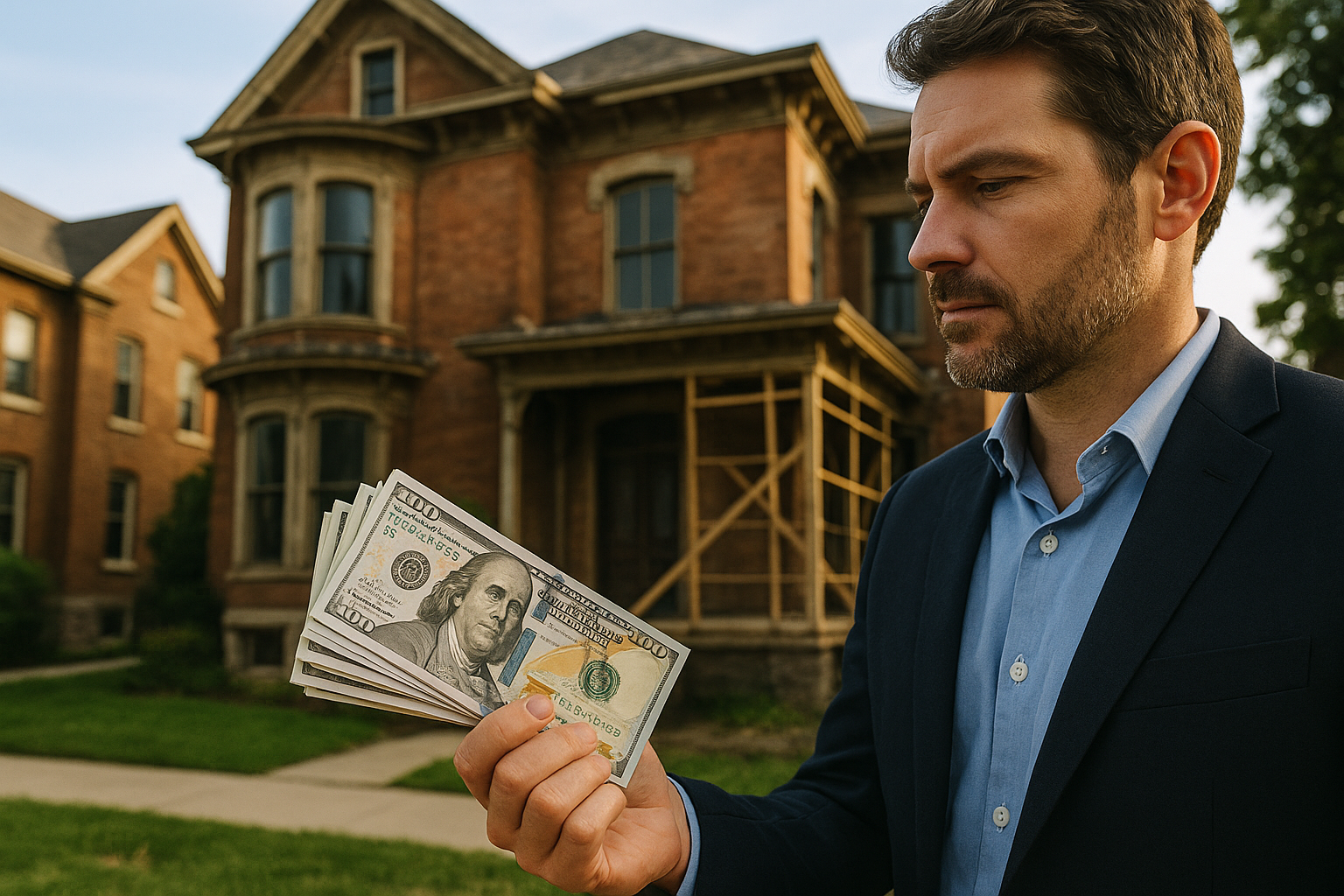Investing in Historic Properties: A High-Reward Strategy in the Modern Real Estate Market
In the contemporary world of real estate, historical properties often hold a unique appeal. Their distinct architectural elements, rich history, and cultural significance can make them a lucrative investment. This article delves into the intricacies of investing in historic properties, analyzing current market trends, and discussing the potential impacts on buyers and sellers.

A Walk Through Time: The Background of Historic Properties
Historic properties have been a part of the real estate landscape for centuries. They stand as testaments to architectural evolution, societal changes, and historical events. In the United States, the National Register of Historic Places lists over 90,000 properties, which reflects their significance and potential investment value. Over the years, these properties have shifted in value due to various factors, including location, preservation laws, and market trends.
The Current Landscape: Market Trends and Financial Insights
As the real estate market evolves, it’s important to understand the current context of historic properties. Despite common misconceptions, these properties are not exclusively high-end investments. Many are available at different price points, making them accessible to a wide range of investors. Furthermore, preservation grants and tax incentives can make the renovation and upkeep of these properties more financially feasible.
The Strategy Unveiled: Advantages, Challenges, and Impacts
Investing in historic properties comes with a unique set of advantages. They often possess architectural grandeur and craftsmanship that modern properties cannot replicate, enhancing their market appeal. Investments in these properties also contribute to preserving cultural heritage and revitalizing neighborhoods.
However, the strategy also poses challenges. Historic properties often require extensive and costly restorations. There are also strict preservation guidelines to adhere to, which can limit renovation possibilities.
For buyers and sellers, the impact of investing in historic properties is multifaceted. Buyers can enjoy a unique living experience, potential tax benefits, and possible appreciation in the property’s value. Sellers, on the other hand, can capitalize on the unique appeal of these properties and the growing interest in them.
Research-Backed Insights: The Numbers Speak
According to a study by the National Trust for Historic Preservation, historic districts experience a higher rate of property value appreciation compared to other neighborhoods. A survey by the same organization also found that 79% of Americans prefer to live in places with historic character.
Making the Complex Simple: Balancing Depth and Accessibility
Investing in historic properties is undeniably complex, involving deep knowledge of preservation laws, restoration techniques, and market trends. However, with the right information and guidance, it is a strategy that can be accessible to many. From understanding the financial benefits to appreciating the cultural significance, navigating this niche of real estate can be a rewarding journey.
In conclusion, investing in historic properties presents an exciting opportunity in the dynamic real estate market. While it comes with its unique challenges, the potential rewards—both financial and cultural—are compelling. As the market continues to evolve, historic properties promise to remain a unique facet of the real estate landscape, offering potential for high rewards.




